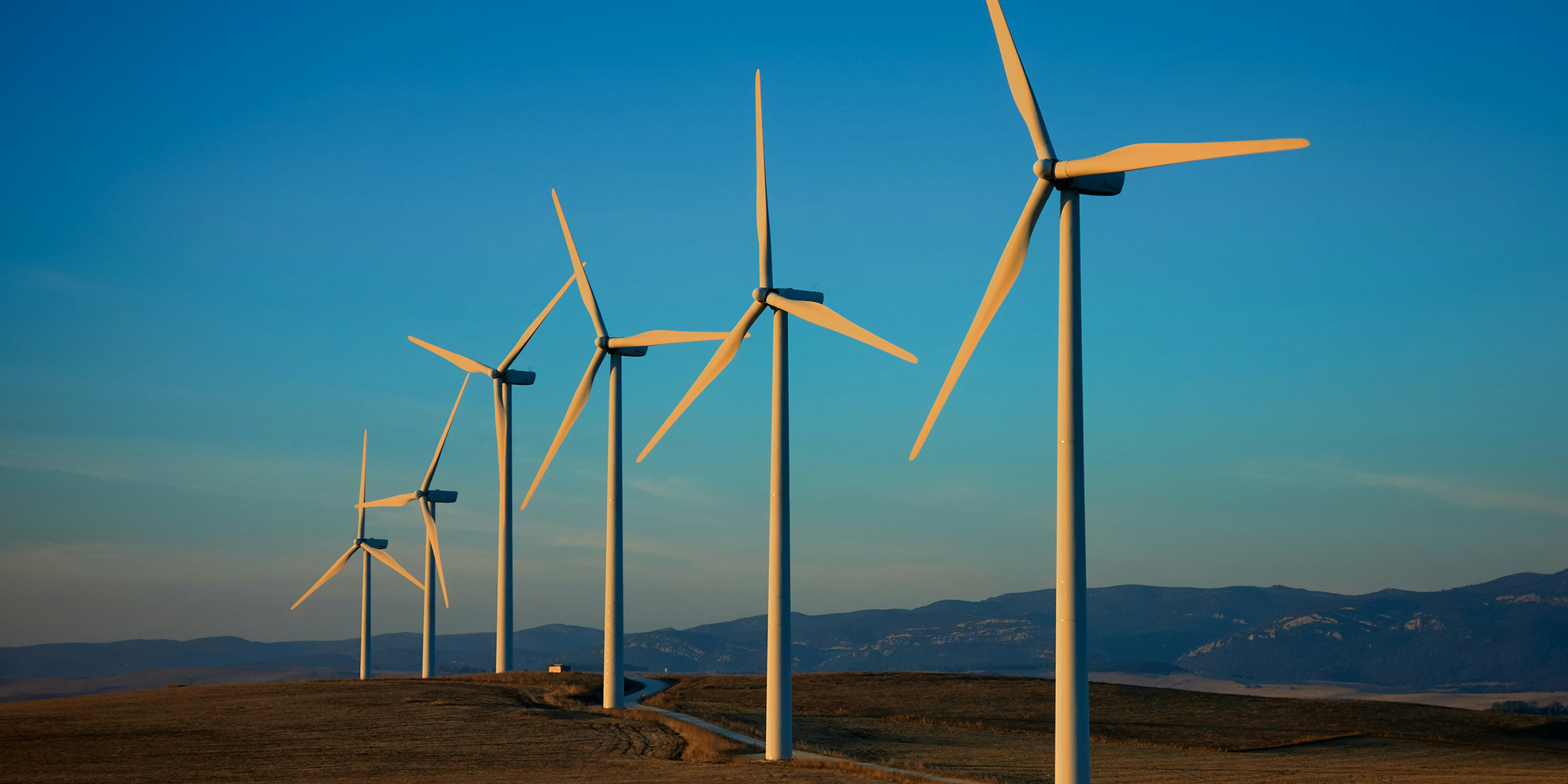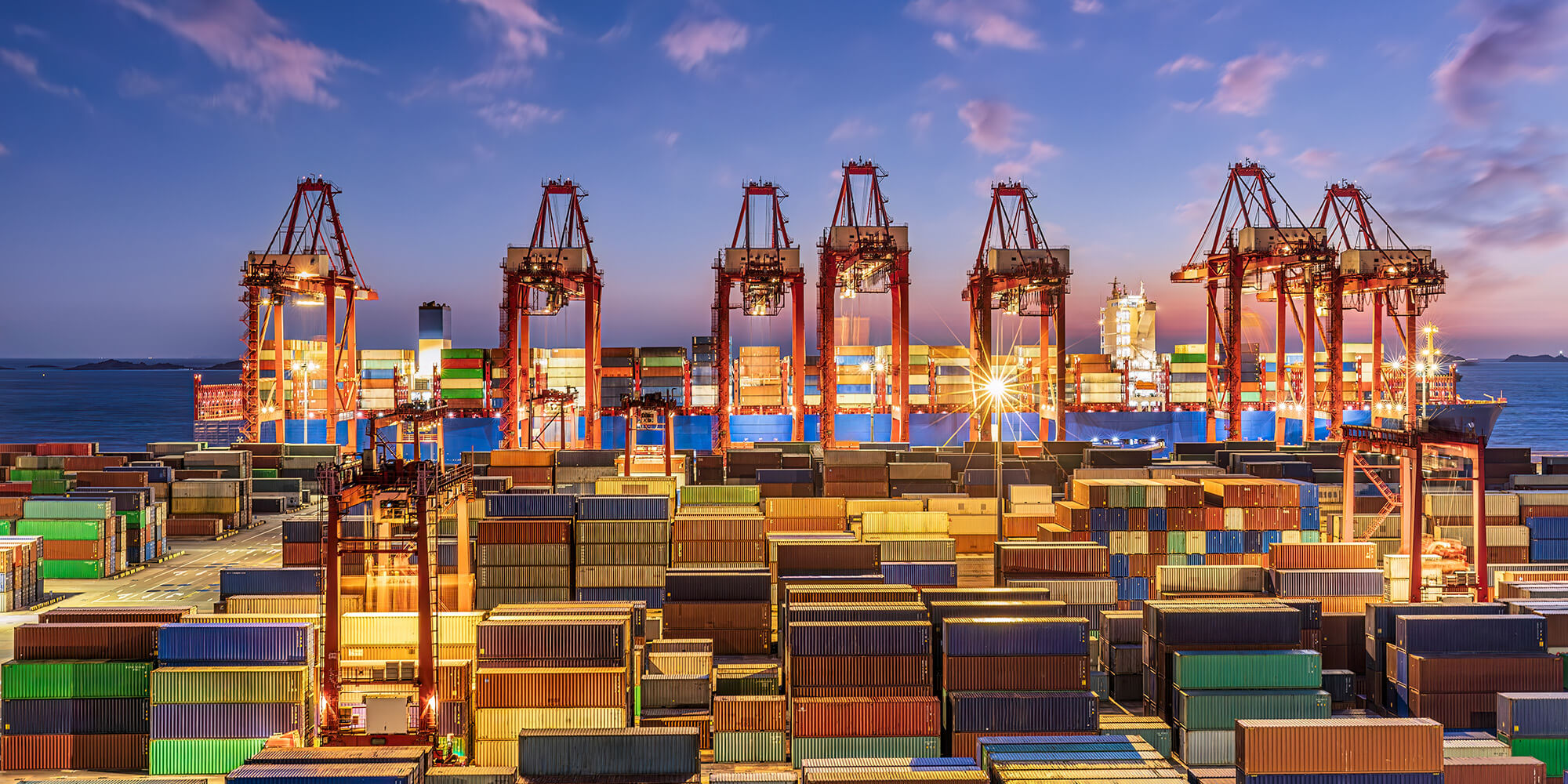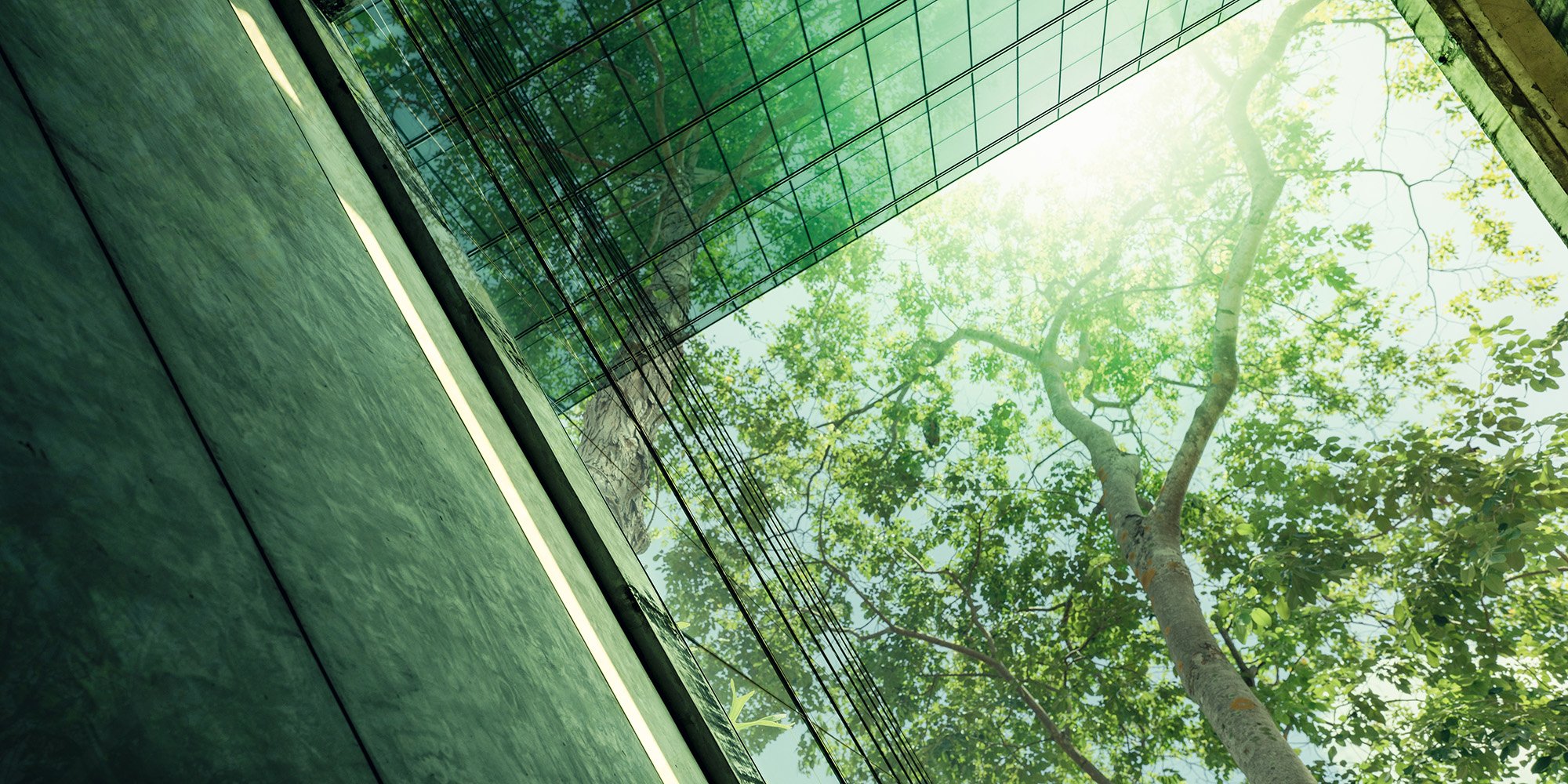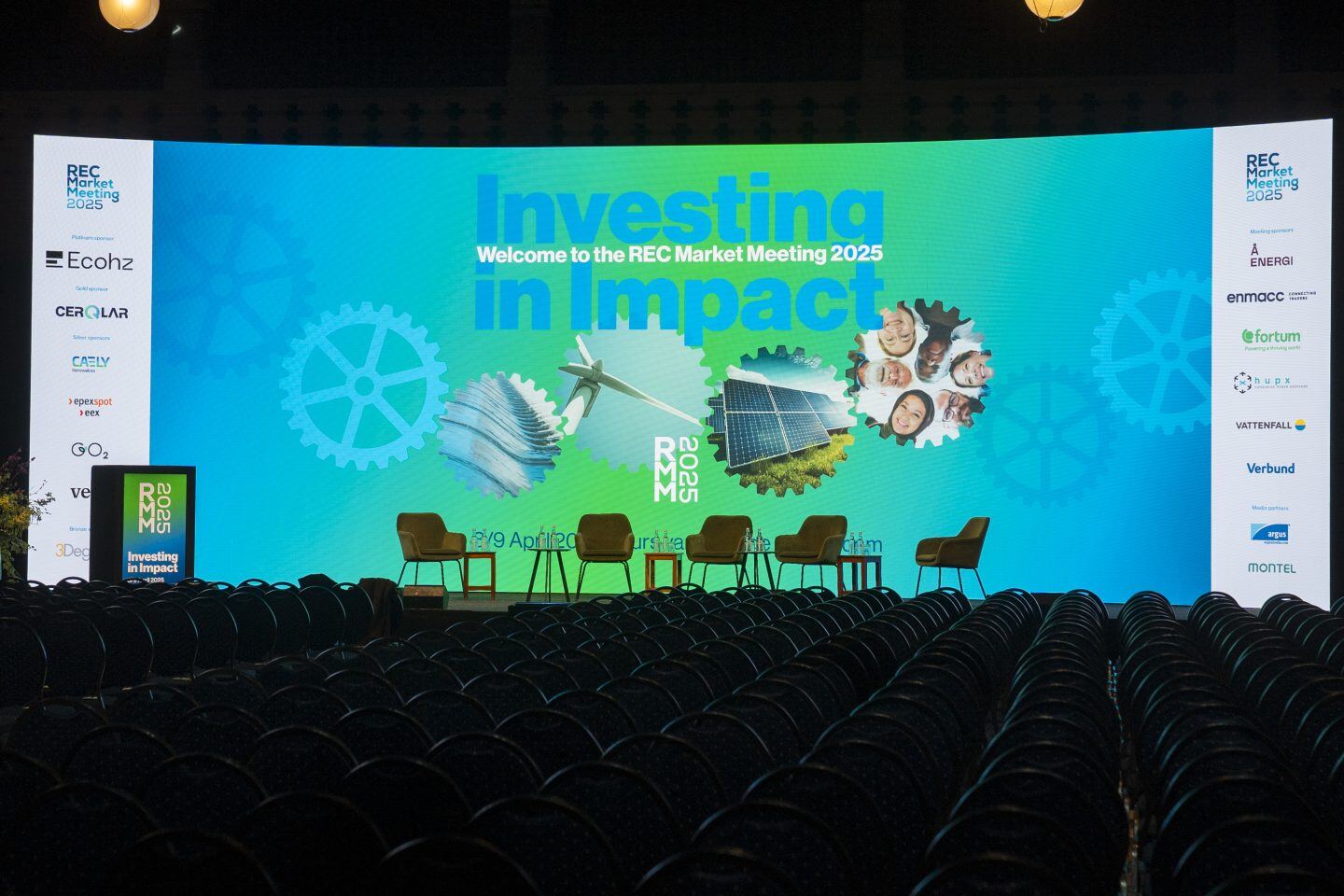Our family has always enjoyed “testing out” new, fun and “greener” products & “lifestyles. We share the interest and urge to move toward a more sustainable household, but hardly being experts in any of this. We believe that looking for the perfect solution – too easily can stop us from nudging forward, learning and then choosing an even better option the next time around.
On a global scale, 2016 and the beginning of 2017 has been a time of great contrasts and upheaval. While the world saw agreement on 17 inspiring UN SDG’s, and real enthusiasm around a global climate agenda in Paris, we have also seen dark forces emerge on all continents – working hard to reverse these monumental gains.
We live our lives in Asker, a beautiful and “care-free” municipality outside Norway’s capital city Oslo. Norway is wealthy, and being born a Norwegian is like winning in the big lottery. Norwegians are three weeks away from a Parliamentary election, and the media is naturally filled to the rim with “political debate”. Unfortunately, the debate is dominated by issues that are short-term, trivial and populistic. Very few seem willing to address the BIG issues. This is serious, frustrating and very scary.
More than ever, we need visions, openness, integration and not least cooperation across municipalities, regions, national borders, religions, ethnic groups and all political colors.
Provoked by the growth of “the dark forces” – and with the good forces not able to break through the populist media hype in our local political landscape we decided to move forward ourselves.
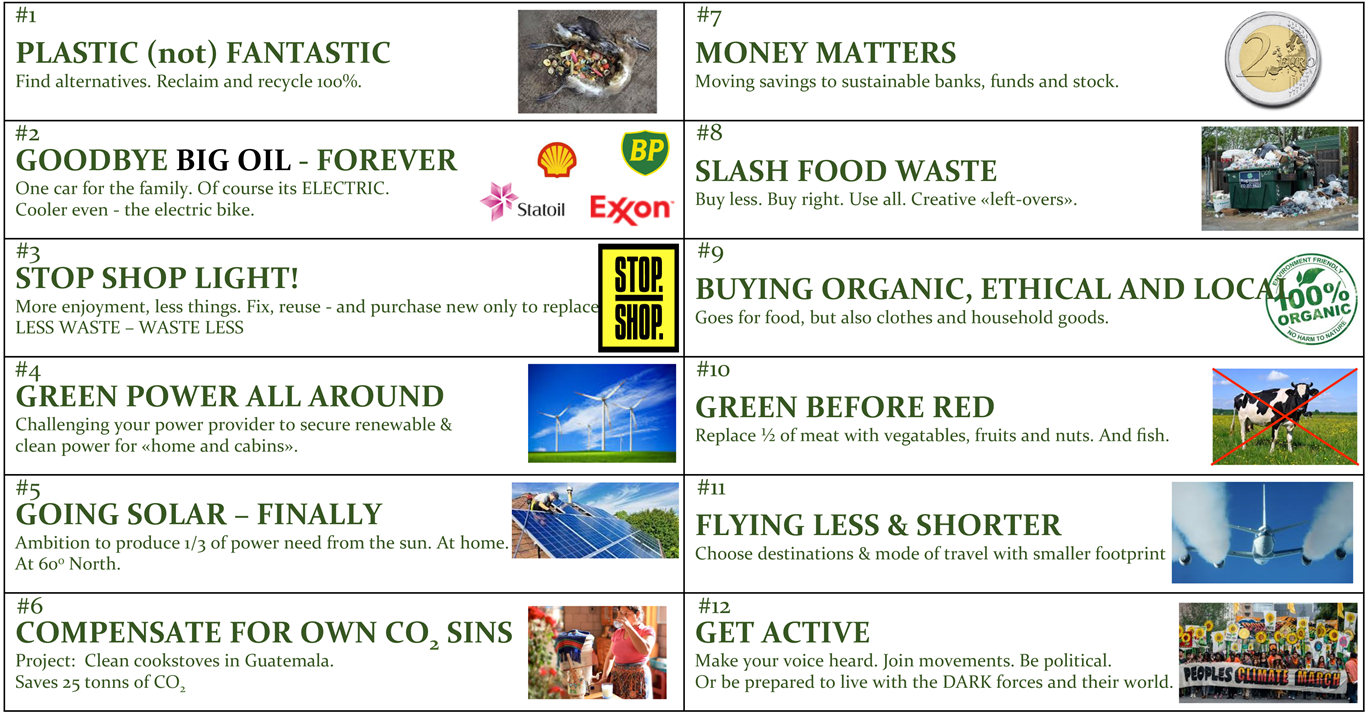
In part 1, I described our first 4 climate areas. Below I will continue with 4 more areas – solar power, CO2 compensation, divestments and food waste.
#5 GOING SOLAR – FINALLY
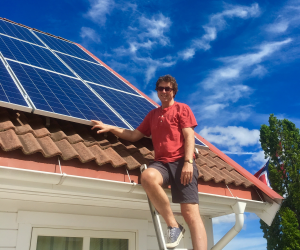
I already spoke about our efforts to only use clean energy – all around, in Part 1. Easy. Checked. Done.
Despite Norway being a country with lots of cheap and clean hydroelectric power, there is now a solar craze in the making. Following the lead of a fast-growing solar movement, Norwegians have decided that even beyond 60 degrees North (same as Anchorage, Alaska), solar sounds like a great idea. And this without the generous incentives enjoyed by Germans and others.
My solar panels have been producing power for a full 3 months now. They don’t move, they don’t make a noise, they don’t break down. But my God they are fun to be with. Including homecharging of our new electric Huyndai Ioniq, I am now producing more power than I consume during summer.
Much of Norway is cold and dark for a long winter season, and my power production will of course fall during winter, and we will then have to tap into the local grid for needed hydropower.
Solar is not only cheap and easy, it also has the ability to engage normal people in clean energy issues – and with this contribute to changing our energy behavior.
#6 COMPENSATE FOR OWN CO2 SINS

Norwegians contribute 11 tons of CO2 per capita to the atmosphere – every year. Norway is a great place to live, and often achieves high marks on global rankings. Normally something to be proud of. Being among the TOP10 CO2 emitters is NOT a topic of pride for me. It hurts. It’s embarrassing.
Consequently, reducing our household carbon footprint is very much top of mind. But despite all our efforts, reducing our footprint to 2-3 tons per family member, will take time.
Therefore, we decided to purchase carbon credits to compensate for our emissions.
We chose to support a Gold Standard project in Guatemala – focusing on water filtration and improved cookstoves – with numerous “add-on” sustainability benefits for the local people.

Read more: Guatemala – water filtration and improved cookstoves
#7 MONEY MATTERS
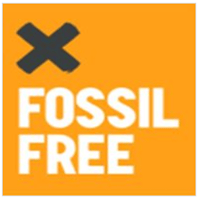 “Follow the money” is a catchphrase popularized in the 70’s. It is still very relevant today. Cheap and easy access to capital is critical for the future well-being of the fossil industry. We are finally seeing financial institutions awakening to a new reality – where carbon risk is becoming mainstream.
“Follow the money” is a catchphrase popularized in the 70’s. It is still very relevant today. Cheap and easy access to capital is critical for the future well-being of the fossil industry. We are finally seeing financial institutions awakening to a new reality – where carbon risk is becoming mainstream.
During the last 2-3 years, we have seen numerous banks and pension funds questioning the role they play in fueling industry based on exploitation of oil, gas and coal. Quite amazing, actually.
And now, following suit, a wave of cities, universities, governments and private investors are saying, “Enough is enough”, and have decided to divest from fossil. Truly inspiring!
But why leave this to the large institutions, why not play the same game on a private level?”, my family asked.
We have now reviewed our savings and how the money has been invested, mostly by our bank and mutual fund managers. Although the savings amount we control is limited, we are very frustrated by the lack of REAL attention fossil divestment is given.
Our conclusion. There are few that do more than talk, but there are some that seriously try to find fossil free alternatives. Norwegian insurance company and pension fund, Storebrand, seems to be among the serious ones. We pledge to move all our savings – in 2017 – from institutions that cannot decument a serious divestment strategy, to institutions that can show us real fossil free options.
Not only will we contribute to starving the fossil industry – but I truly believe this provides a better return in the long run for our family savings.
#8 SLASH FOOD WASTE
 Food loss and waste also amount to a major squandering of resources, and needlessly produce greenhouse gas emissions, contributing to global warming and climate change.
Food loss and waste also amount to a major squandering of resources, and needlessly produce greenhouse gas emissions, contributing to global warming and climate change.
Knowing that roughly one third of the food produced in the world for human consumption every year — approximately 1.3 billion tons — gets lost or wasted, is just plain frustrating. And it’s shocking to note that if just one-fourth of the food currently lost or wasted globally could be saved, it would be enough to feed 870 million hungry people in the world.
On a household level – wasted food also means throwing money out the window. Literally. Our municipality collects food waste twice a month, alongside all the other sorted waste like paper, glass, plastic, metals and hazardous waste. Sorting and bagging our food waste is a sobering exercise, and fast creates awareness of what we throw out, and how much.
We are now trying to rethink our shopping habits, as a first step. Buying less, rather than going for the unneeded “3 for the price of 2” bargains. We are also considering what we “dump” into the freezer, never to see daylight again before thrown away a year later. We are taking a close look at our daily “dinner menus” making sure leftovers can have a natural role to play. Lots of food is perfectly edible, days and sometimes weeks, after the official stamped “best before date”.
Not throwing out food seems so obvious. But, actually kicking the habit, has been more challenging than we thought. Slowly though, we are learning. And that feels good!
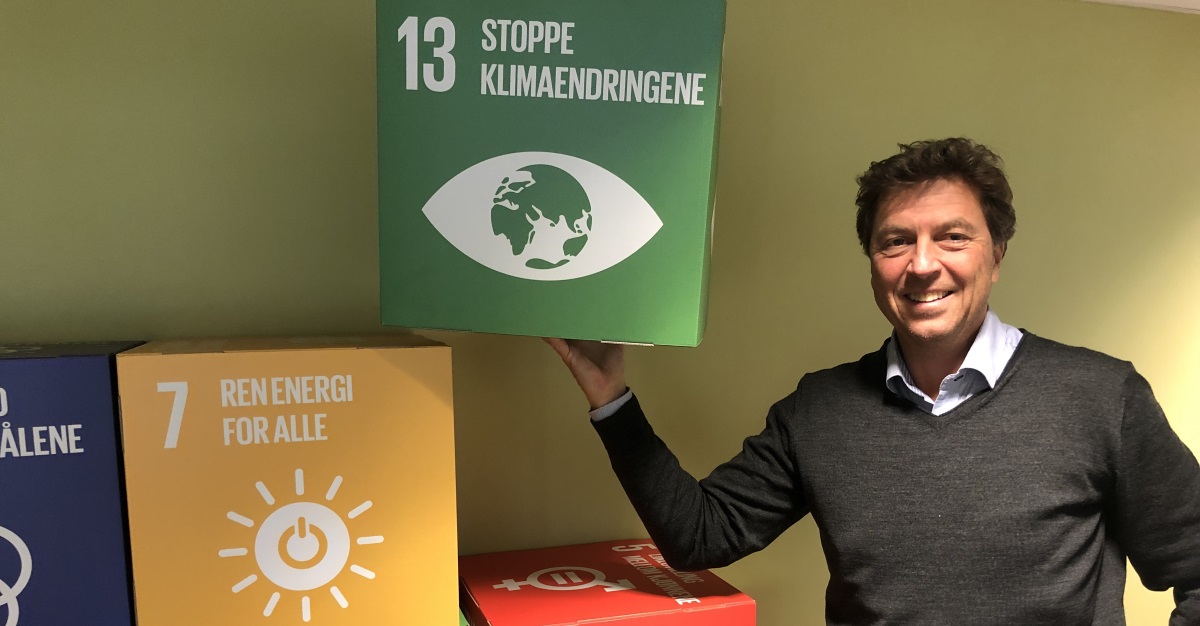
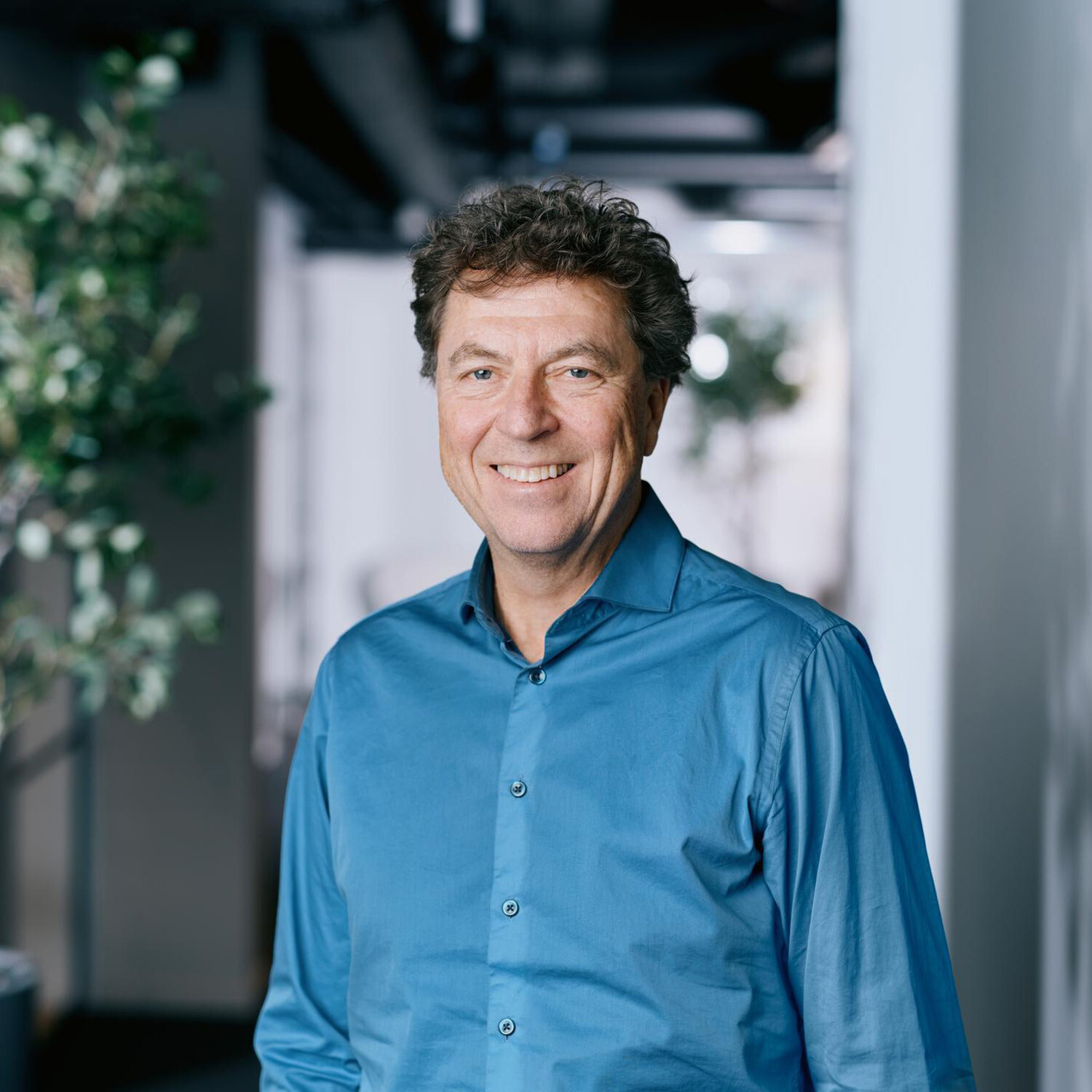
.png?width=3840&height=2560&name=Sun(1).png)

.png?width=3840&height=2560&name=Landscape_2(1).png)
